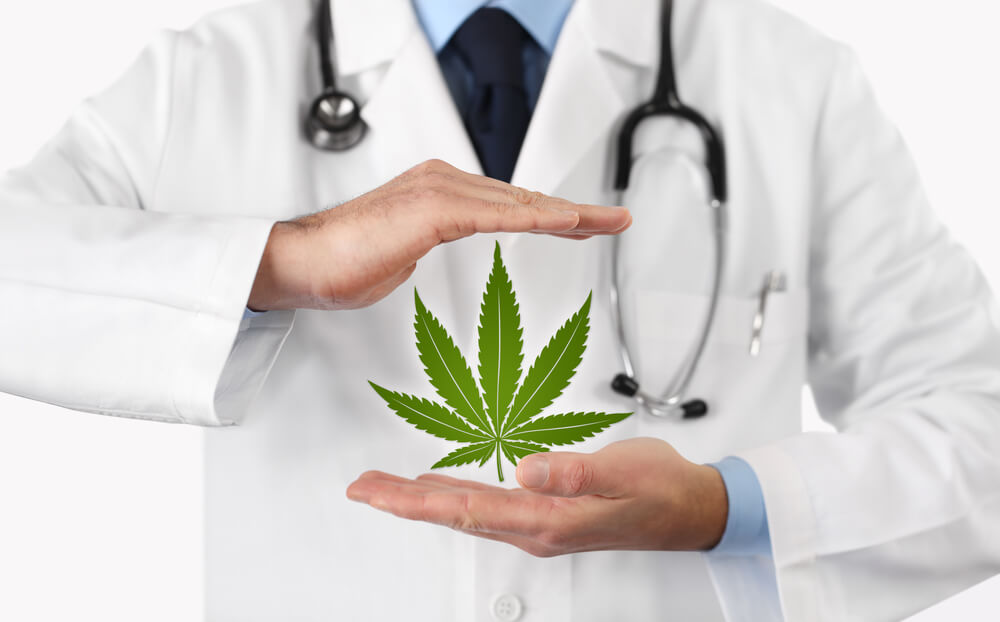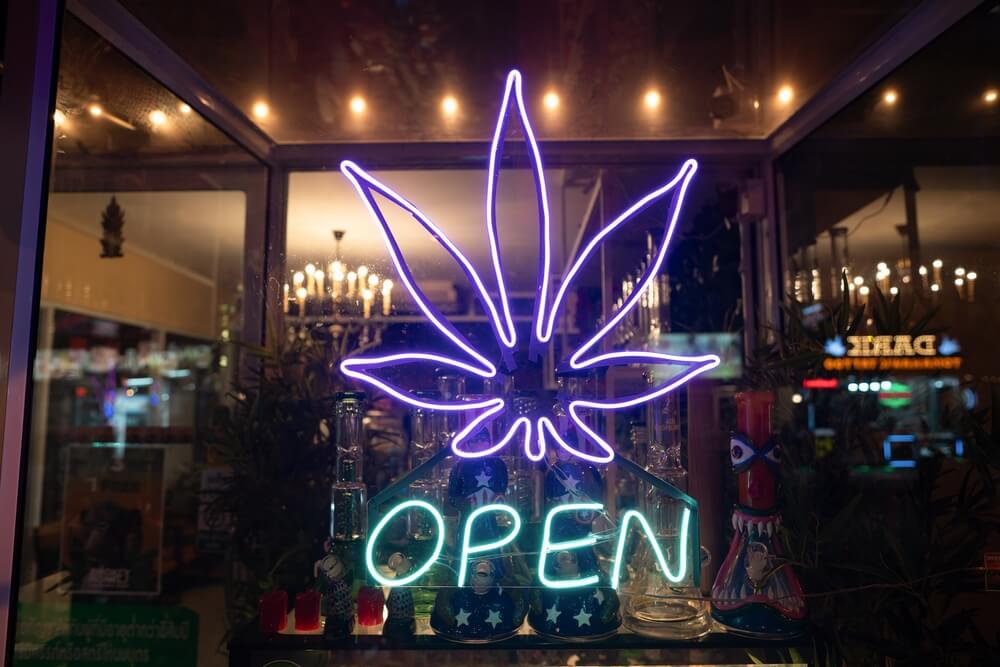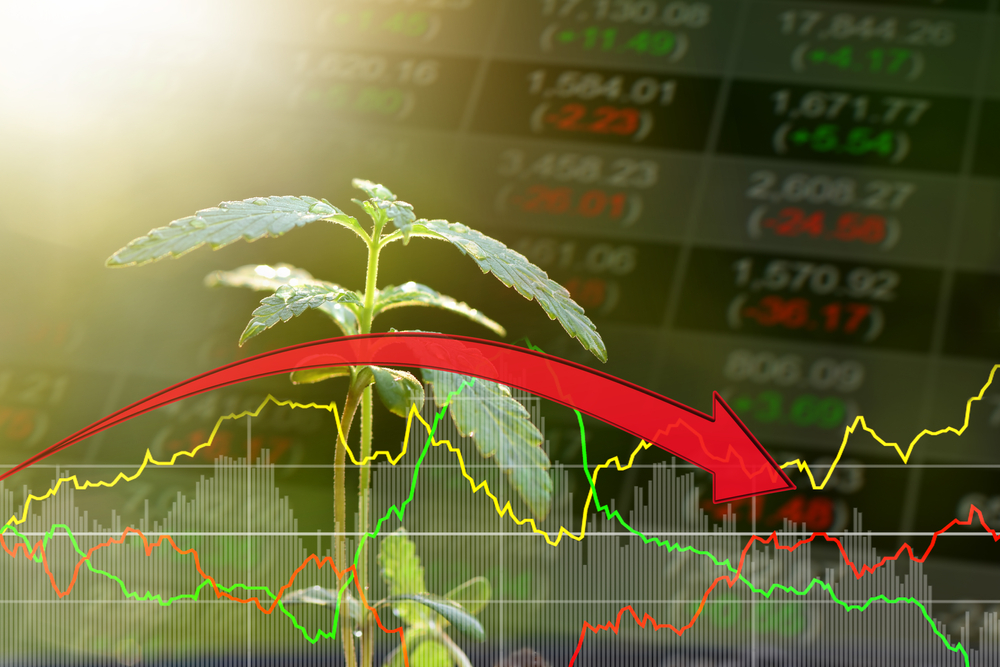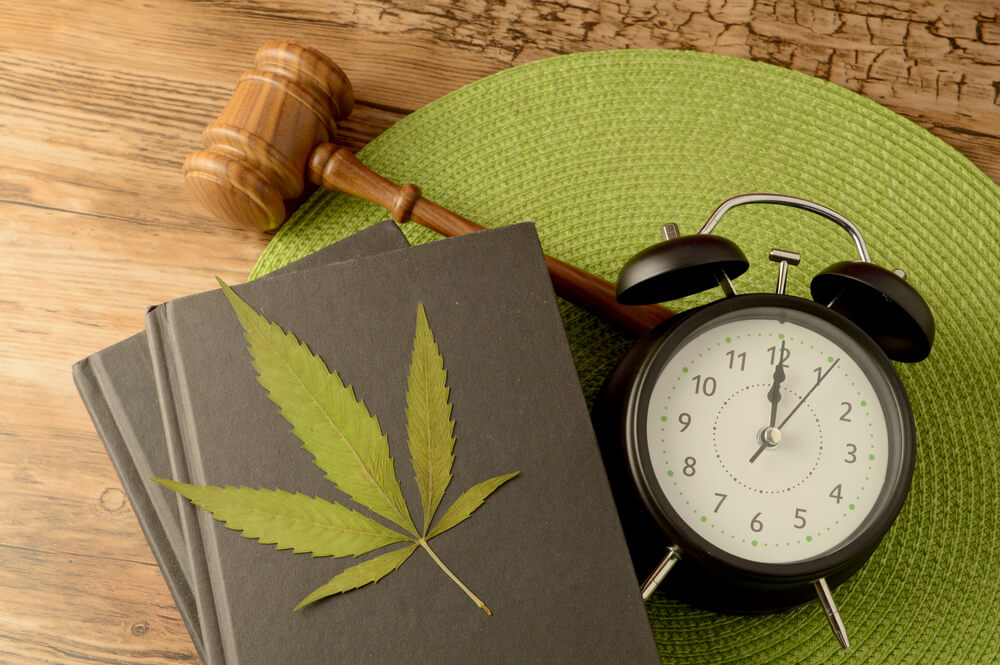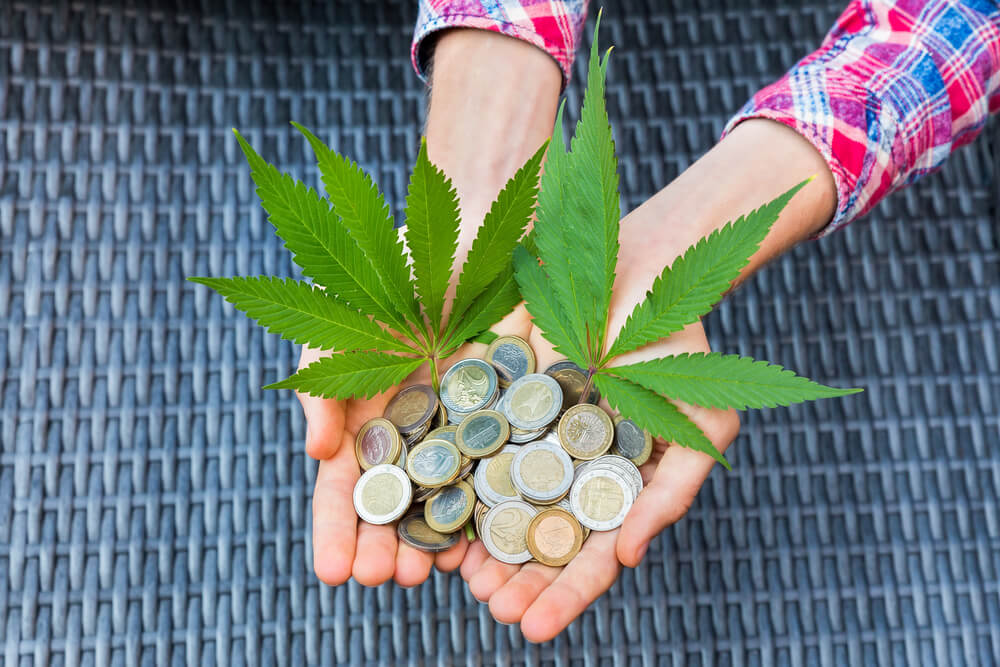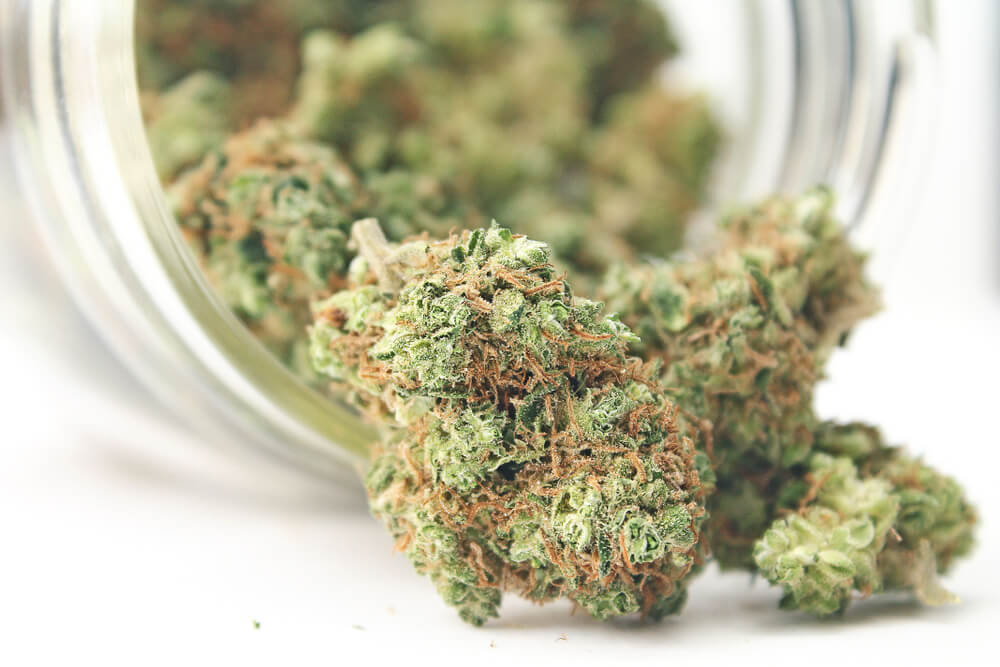Why Are Cannabis Growers Now Focusing On Hemp?

Cannabis Growers
With continuing deregulation of cannabis across the globe, many growers are now focusing their efforts on hemp production because this is a cash crop with more opportunities than one.
With that in mind, let’s take a look at what hemp is all about and where the potential lies for growers who are looking to cash in on this rapidly growing market.
What is hemp?
This is the standard name given to a particular type of cannabis plant with the scientific name Cannabis sativa L.
While both hemp and marijuana are types of cannabis, it is hemp that is reserved for those plants with a THC (tetrahydrocannabinol) level of not more than 1% of the dried plant material. As all growers are aware, THC is the active component that causes intoxication.
While hemp has far lower levels of THC than marijuana, it does have higher levels of CBD (cannabidiol). CBD is a compound that has been found to have medicinal properties, and in countries where the growing of hemp is legalized, there is the opportunity to commercially cultivate it.
Hemp can be grown in a variety of different ways
When it comes to growing hemp, it depends on the country and climate that your farming operation is in. The different growing conditions will help growers decide on the end product they intend to sell as well as establish the setup and running costs that a grower is prepared to bear.
Here are 3 popular ways that hemp can be grown with some advantages and disadvantages of each:
Outdoor cultivation
Those living in a climate where open-air hemp cultivation is possible will find it suitable for growing and harvesting fiber, stems, and seeds.
This type of operation is seen for hemp components that are used in relatively low-value items, and with that, the sale price does not justify high production costs. Some pros and cons of outdoor cultivation include:
Pros
- The hemp plants are fully exposed to natural sunlight.
- Low production costs.
- Suitable for growing a wide variety of hemp strains.
Cons
- Weeds and pests need to be effectively controlled.
- Potential issues with heat, light, and other climatic issues.
- Harvest is generally 1 or 2 times per year.
Semi-Outdoor cultivation
This form of growth is a mix of outdoor, natural growing, and partial cover with occasional artificial lighting possibly used. The pros and cons of semi-outdoor cultivation include the following:
Pros
- exposure to full sunlight when available.
- some control over the environment and pests.
- lower costs than a fully indoor operation.
Cons
- requires some technical knowledge and expertise.
- only 2 or 3 harvests per year.
Indoor cultivation
When it comes to higher-value items such as oil extraction from flowers, hemp is more suited to indoor cultivation. This is because it requires higher-quality input along with a more tightly controlled growing environment.
While set-up and running costs can be noticeably higher, there is a greater monetary value on the hemp components sold. The pros and cons of indoor cultivation include:
Pros
- a high degree of control over the growing environment.
- Yields of the required quality, particularly flowers and leaves, can be produced.
- It is possible to cultivate and harvest on a year-round basis.
Cons
- high production costs.
- Growers need knowledge and expertise for correct management.
Hemp has a Multitude of Uses
This is a plant that comes with a multitude of uses and has huge potential for generating downstream products with high value.
The number of hemp applications continues to grow, with a prime example being in the medical arena. CBD products are now used as a relaxant, a sleeping aid, and a remedy for dizziness. Other CBD products that are now readily available include products that reduce the effects of headaches and migraines.
But medical applications are far from this plant’s only use. The whole plant can be utilized for commercial purposes. From its flowers, leaves, seeds, and branches to the interior and exterior of its stalks, and even its roots.
This should tell growers who decide to cultivate hemp that it can be used in an extremely wide range of products. Just a few applications from the parts of the hemp plant mentioned above are:
Flowers
These can be processed to allow the extraction of medicinal phytocannabinoids, which include the already popular CBD. This can be consumed directly or used to add value by being mixed with food and drinks. Alternatively, the flowers can be processed into cosmetic and personal care products as well as terpenes, which are used to make essential oils and perfumes.
Leaves
Hemp leaves can be used in the production of foods and beverages. They can also be used to make such things as organic fertilizer, building materials, fiberglass, and fiberboard.
Stalks
There are two sides to hemp stalks: the outer layer and the inner parts. It is the outer layer that can be used to make fiber, rope, clothing, lightweight yet high-quality bullet-proof body armor, paper-making pulp, heat insulators, packaging materials, and bioplastics. The list goes on.
As for the lightweight inner part of hemp stalks, these are already being used in the construction industry to produce blocks and hempcrete, in auto assembly, as well as furniture production.
Seeds
Oils and other extracts from hemp seeds can be used as food additives and during the manufacture of personal care products. The reason for this is their high nutritional value because they are rich in protein, omega-3 fatty acids, and vitamin E.
Hemp Growing Opportunities
Growers will find six main areas that give an interesting focus on why hemp cultivation is worthy of consideration:
- The use of hemp fiber for traditional purposes within households
- to meet the growing commercial and industrial use of hemp-related products.
- Produce the required raw hemp for medical purposes. This is seen as a major opportunity for hemp growers.
- Allow for the expansion of cannabis-based research and the development of new hemp strains.
- Allow for the production and sale of certified varieties of seeds.
- Reach an agreement with government departments for the production and sale of certain goods to certain agencies so they can better fulfill their mandates.
These opportunities show that the cultivation and production of hemp can become a major source of income for growers and have the potential to add significant value to the agricultural sector.
This is because the use of hemp crosses at least five different supply chains:
- Medicines and supplements
- Food.
- Beverages.
- Clothing.
- Personal care products
Growers who can effectively tap into this rapidly expanding global market will benefit from a whole host of opportunities. This is because hemp industry experts are now forecasting a US$ 15.8 billion growth within the next 5 years.
For further insightful posts on all things related to the cannabis world, please click here.


